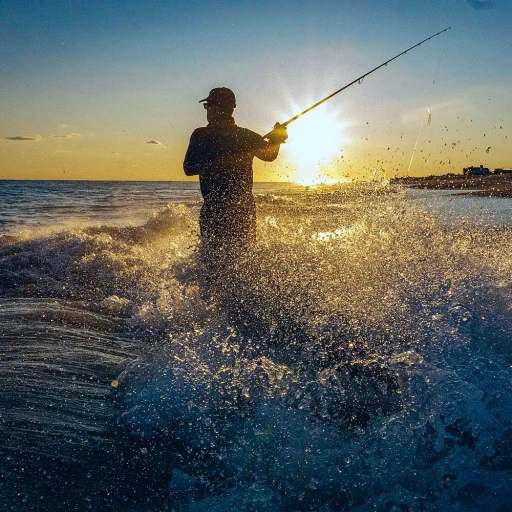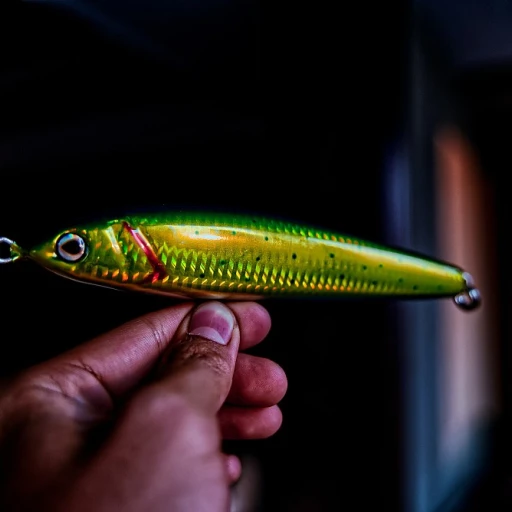Understanding Soft Plastics for Surf Fishing
The Art of Using Soft Plastics in Surf Fishing
When it comes to surf fishing, understanding the use of soft plastics can revolutionize your fishing technique. These versatile lures are a pivotal component in any saltwater fishing tackle box, often edging out live bait in terms of ease of use and accessibility. Soft plastics serve as a fantastic alternative to traditional bait fish, offering a wide array of options in size, color, and design.
Soft plastics are crafted to mimic the movement and appearance of common prey, such as shrimp and bait fish, making them particularly effective in enticing a variety of saltwater species. From the gentle roll of a swimbait hook to the natural flutter of a soft bait, these lures are designed to catch the eye of your target.
Another advantage of soft plastics is their ability to cover different parts of the water column. Whether you're surf casting into deep waters or fishing closer to the shore, these lures can be rigged in various ways to adapt to the water conditions and the habits of the fish. This versatility is one of the reasons surf anglers across the world rely heavily on soft plastic lures.
The price point is another consideration that makes soft plastics an attractive option. Compared to some high-end fishing lures, they're typically more affordable, allowing anglers to stock up on a variety of baits without breaking the bank. However, investing in quality soft plastics still remains crucial to ensure durability and effectiveness.
For those new to surf fishing with soft baits, it’s worthwhile to explore different options and techniques. If you're in the process of selecting the right tackle, checking out resources on the right size 4 hook for your fishing adventures can be beneficial. These insights will aid in setting up your rig for optimal results.
Key Features of Effective Surf Fishing Soft Plastics
Essential Characteristics of a Great Lure
When it comes to choosing the best soft plastics for surf fishing, key features distinguish effective options from the rest. An excellent soft bait should be attractive to the fish you intend to catch and adaptable to different surf conditions.- Material and Texture: A high-quality soft plastic uses durable yet flexible material. This soft texture mimics the natural movement of bait fish and other prey like shrimp, making it irresistible to target species.
- Size and Shape: Different fish are attracted to various sizes and shapes. Choosing multiple lures, from slender swimbait hooks to plump paddle-tails, increases your chances of success.
- Color Selection: Water clarity influences how well a fish can see the lure. Use bright colors in murky waters and natural hues in clear conditions. Lures that imitate the local live bait can prove particularly effective.
- Buoyancy and Action: A soft bait should offer lifelike action as it moves through the water column. Soft plastics with embedded air pockets or segments that create natural swimming action can effectively mimic real bait.
- Versatility and Adaptability: Effective lures adapt well to different rigging techniques. They can be paired with a jig head for surf casting or used with a weightless rig when fishing tips suggest calmer surf conditions.
Top Soft Plastic Brands for Surf Fishing
Leading Brands for Surf Fishing Soft Plastics
When it comes to choosing the best soft plastics for surf fishing, brand reputation and quality are crucial. These brands consistently deliver reliable soft baits that can elevate your fishing experience:- Super Snax: Known for their high-quality materials that withstand the harsh saltwater environment, Super Snax offers a diverse range of soft plastic options. Their designs often mimic live bait like shrimp and bait fish, which can entice wary fish to your hook.
- Lucky Craft: This brand stands out for its innovative approach to lure fishing. Their lures are crafted with precision to target specific fish species, and they perform well in various water conditions. Lucky Craft’s soft baits are resilient, perfect for surfing trips.
- Catch Fish Co.: A favorite among avid surf anglers, Catch Fish Co. produces durable and effective soft plastics. Their baits are engineered with realistic movements that attract fish from different levels of the water column.
How to Rig Soft Plastics for Surf Fishing
Mastering the Art of Rigging Soft Plastics for Surf Fishing
When it comes to surf fishing, how you rig your soft plastics can make all the difference in your success on the beach. It's not just about choosing the right bait; it's about setting it up correctly to maximize your chances of a catch.- Jig Head Rigging: A popular method for surf fishing, jig head rigging involves attaching your soft plastic to a weighted hook. This helps you cast further and keep your bait in the water column where fish are likely to bite. For saltwater fishing, a heavier jig head will help you combat the surf and ensure your lure reaches deeper parts where bigger fish might be waiting.
- Texas Rig: Often used in fresh and saltwater alike, the Texas rig involves threading the soft bait onto a swimbait hook so that it's weedless – perfect for rocky or grassy beach environments. This setup lets you work the lure near the bottom without snagging, which is ideal for targeting predator fish hiding in structure.
- Carolina Rig: If you're surf fishing in conditions with strong currents or deeper waters, the Carolina rig is an excellent choice. It involves placing a sliding weight above a swivel on your main line, with a leader line tied to the hook. This allows for natural bait movement, which is particularly attractive to finicky fish.
- Drop Shot Rig: This rig is beneficial for presenting your bait slightly above the seabed. By using a weight at the end of the line and tying the hook directly above it, the soft plastic will dangle enticingly in the current, drawing attention from fish swimming by.
Tips for Using Soft Plastics in Various Surf Conditions
Mastering the Art of Surf Fishing with Soft Plastics
Using soft plastics effectively in various surf conditions can be the key to a successful day of fishing. Here are some essential tips to help you master the art of surf casting with these versatile lures:- Adapt to the Tides: One critical consideration when surf fishing is the tide. Fish tend to feed more actively during high tide and the changing currents. During these times, your soft baits, such as shrimp imitations or other bait fish lookalikes, will be more likely to catch the attention of hungry fish.
- Match the Hatch: Before casting out your soft plastic lures, take a moment to observe the beach environment. Knowing what local bait fish and other prey are present can help you choose the best soft plastic to mimic them. This will increase your chances of landing your target species.
- Use the Right Weight: The weight of your jig head or swimbait hook will play a crucial role in keeping your lure at the ideal water column. In rough surf, a heavier jig head might be required to keep your soft plastic steady and visible to fish lurking below. Take advantage of tackle options that provide flexibility in weight and style based on water conditions.
- Vary Your Retrieve Speed: The speed at which you retrieve your lure can make a big difference in enticing fish to bite. Try varying your retrieve speed and technique, from slow and steady to fast and erratic, to see what works best in different surf conditions. This is especially useful for saltwater fishing adventures when searching for species like redfish.
- Look for Structure: Fish often gather around underwater structures or formations in the surf. Cast your soft plastics near sandbars, rock jetties, or around pilings where bait fish are plentiful. This will help you reach prime areas where fish are more likely to be on the hunt.
Common Mistakes to Avoid with Soft Plastics in Surf Fishing
Avoid Overcomplicating Your Setup
When venturing into the world of surf fishing using soft plastics, many anglers make the mistake of integrating too many components into their rigs. While it's tempting to add various accessories and alterations to your tackle, a streamlined approach is often best. Using a simple jig head and a well-chosen soft bait can be more effective than an overly complicated setup. Remember, simplicity often translates to better casting efficiency and reduced chances of line tangling in the surf.
Tailoring Lures to the Water Conditions
It's crucial to tailor your lure selection to the conditions of the water. Many anglers mistakenly use the same fishing lures regardless of wave activity, time of day, or water clarity. When fishing in clear water during the day, opt for natural colors that mimic live bait fish and shrimp, as they blend well and appear more realistic to fish. Conversely, when dealing with murky waters or low light, brighter or more contrasting colors may help your lure stand out, increasing your chances to catch fish.
Matching the Hatch
An often-overlooked aspect of successful surf fishing with soft baits is the concept of 'matching the hatch.' This means selecting lures that resemble the prevalent bait fish in the area where you're fishing. For instance, if you're discovering a beach abundant with shrimp, using a shrimp-imitating soft plastic will work wonders in attracting fish. Keep an eye on your surroundings and other anglers' catches to identify the best options for bait selection.
Ignoring the Water Column
One common mistake is overlooking the water column where fish are most active, which can vary greatly with surf conditions. Some anglers focus solely on top-water or bottom-water fishing without considering the mid-water where many saltwater species feed. Utilize swimbait hooks that are designed to maintain your soft plastic within the optimal depth and experiment with different techniques such as surf casting to cover all levels of the water effectively.
Neglecting the Importance of Retrieval Techniques
The way you retrieve your lure can mean the difference between a successful day at the beach or going home empty-handed. Many anglers fall into the trap of using a singular retrieval method without adjusting to the fish's responses. Vary your speed and movements, mimicking live bait, to entice fish effectively. Experiment with different techniques such as a slow and steady retrieve or a fast-paced jerk and pause to see what delivers the best results.
By being mindful of these common pitfalls, you can enhance your surf fishing experience, optimizing both your enjoyment and success on the water.


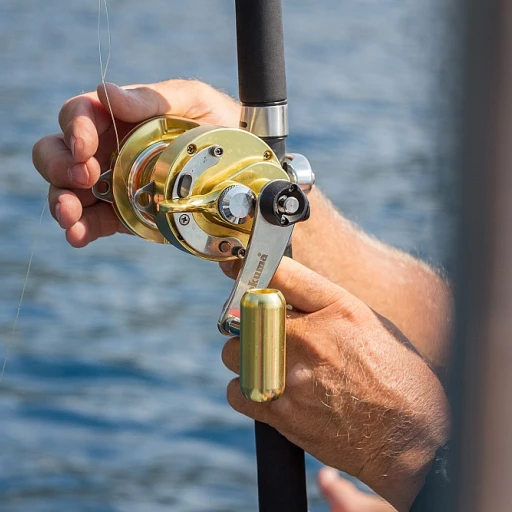
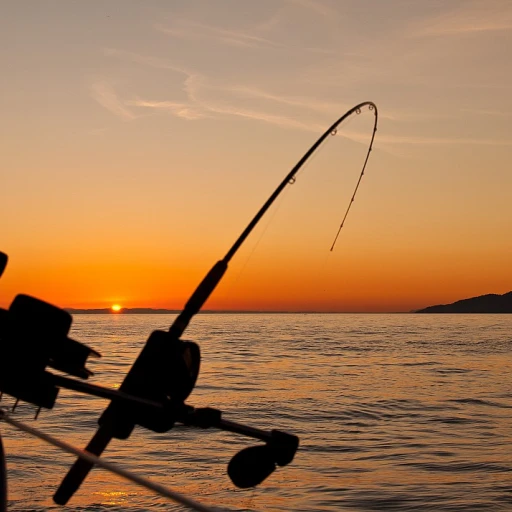
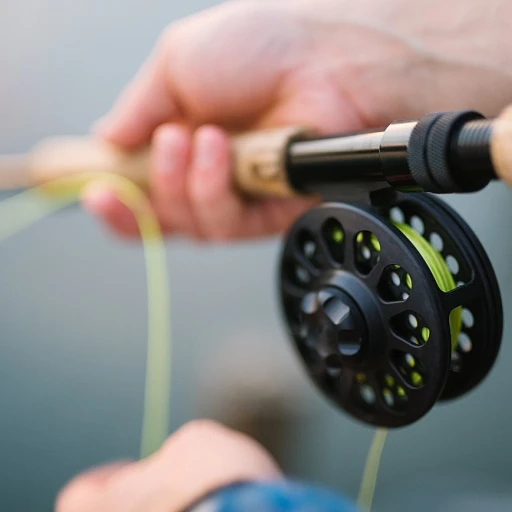
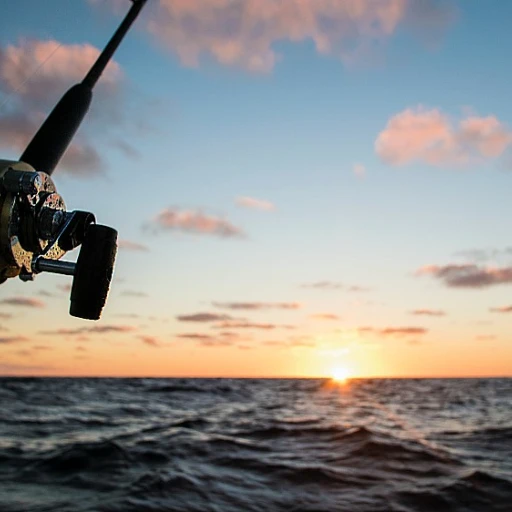
-large-teaser.webp)
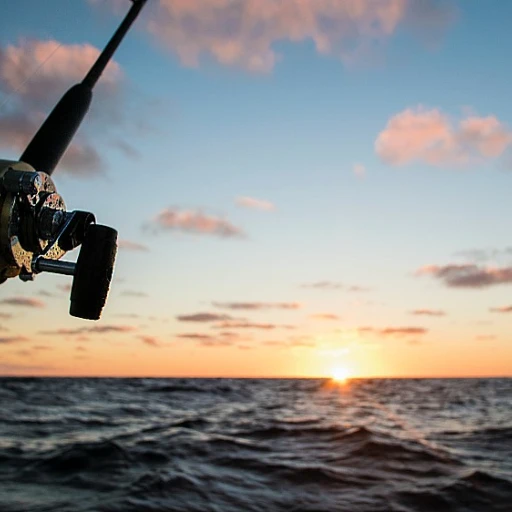
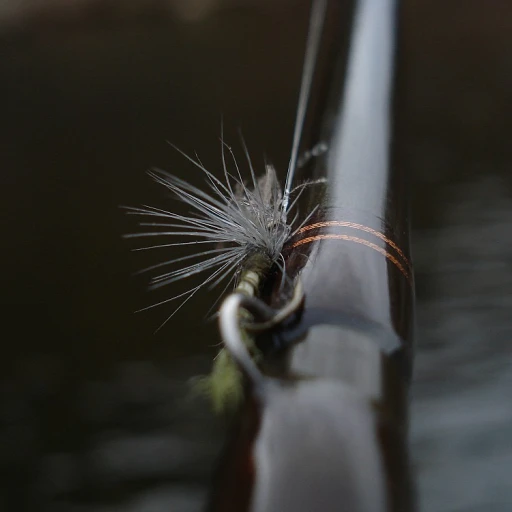
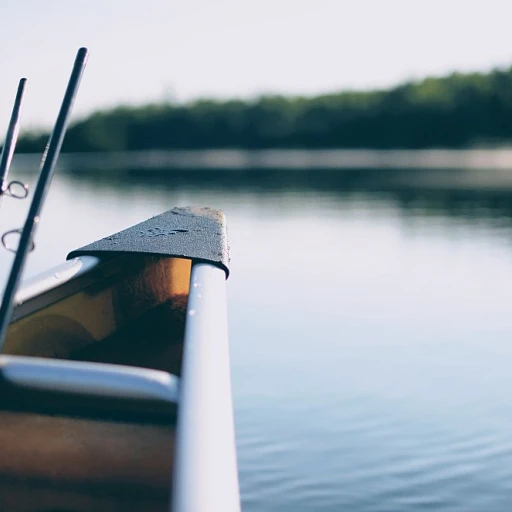
-large-teaser.webp)
